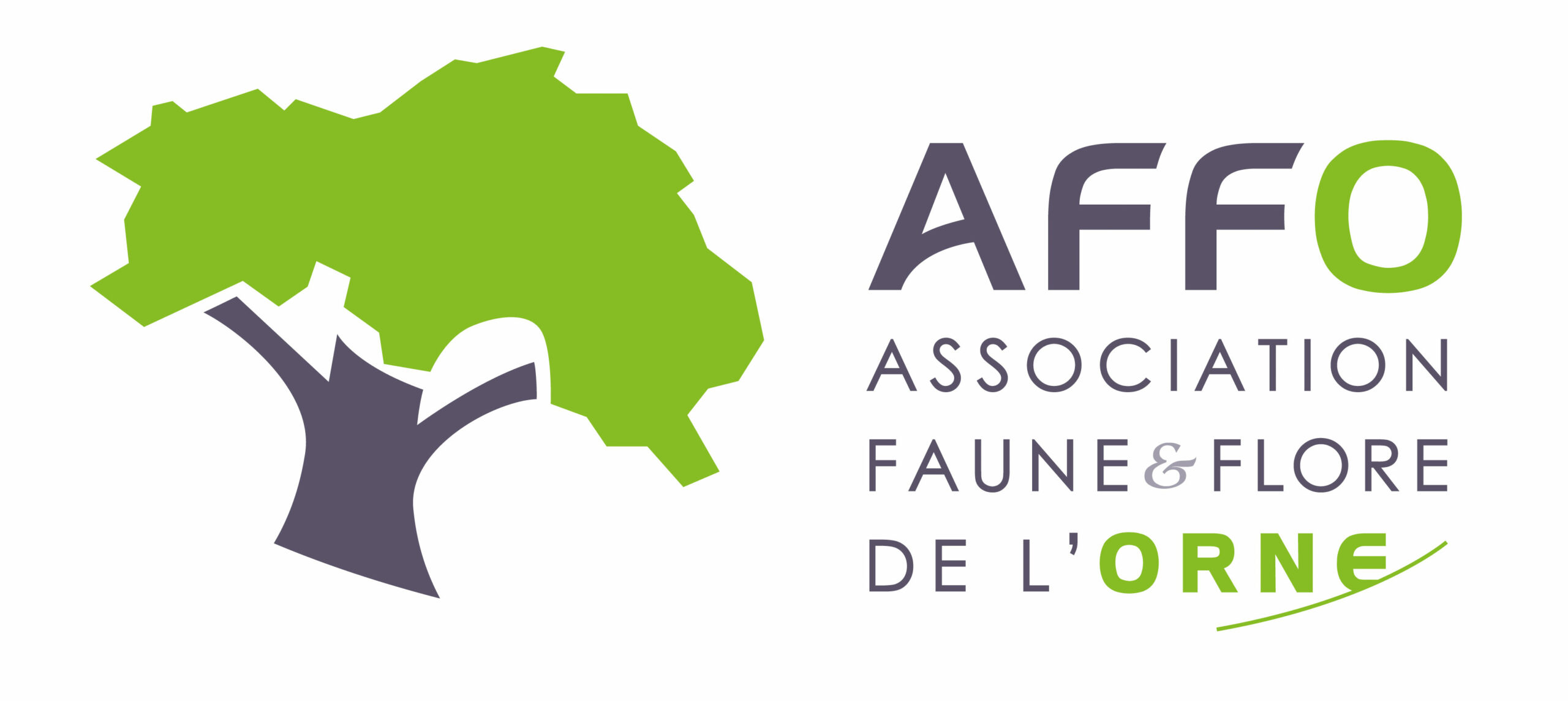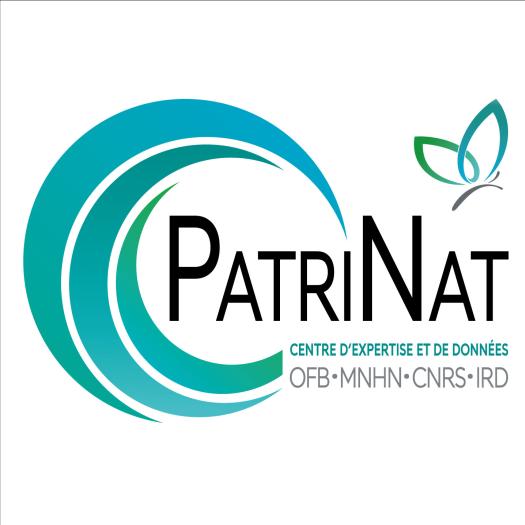Calvia Mulsant, 1846
Où cette espèce a-t-elle été observée ?
 Attention : cette espèce peut être présente où il n’y a pas de maille, mais à ce jour elle n’y a pas encore été observée.
Attention : cette espèce peut être présente où il n’y a pas de maille, mais à ce jour elle n’y a pas encore été observée.
- 12 observations
-
9
communes -
11
observateurs
5
organismes -
Première observation
1998 -
Dernière observation
2024
Authon-du-Perche - Bretoncelles - Longny les Villages - Mortagne-au-Perche - Moutiers-au-Perche - Perche en Nocé - Sablons sur Huisne - Saint-Cyr-la-Rosière - Saintigny
-
Association Faune & Flore de l'Orne (AFFO)
Participation à 4 Observations
Part d'aide à la prospection : 33.33 %
Fiche organisme
-
UMS PatriNat (OFB-CNRS-MNHN)
Participation à 4 Observations
Part d'aide à la prospection : 33.33 %
Fiche organisme
-
Le Monde des Insectes (insectes.org)
Participation à 3 Observations
Part d'aide à la prospection : 25.00 %
Fiche organisme
-
Système mondial d’information sur la biodiversité (GBIF)
Participation à 1 Observation
Part d'aide à la prospection : 8.33 %
Fiche organisme
Informations espèce
Répartition actuelle en France métropolitaine
© INPN - Avertissement : les données visualisables reflètent l'état d'avancement des connaissances et/ou la disponibilité des données existantes au niveau national : elles ne peuvent en aucun cas être considérées comme exhaustives.
Répartition actuelle dans le monde
Avertissement : les données visualisables reflètent l'état d'avancement des connaissances et/ou la disponibilité des données existantes au niveau mondial : elles ne peuvent en aucun cas être considérées comme exhaustives.











